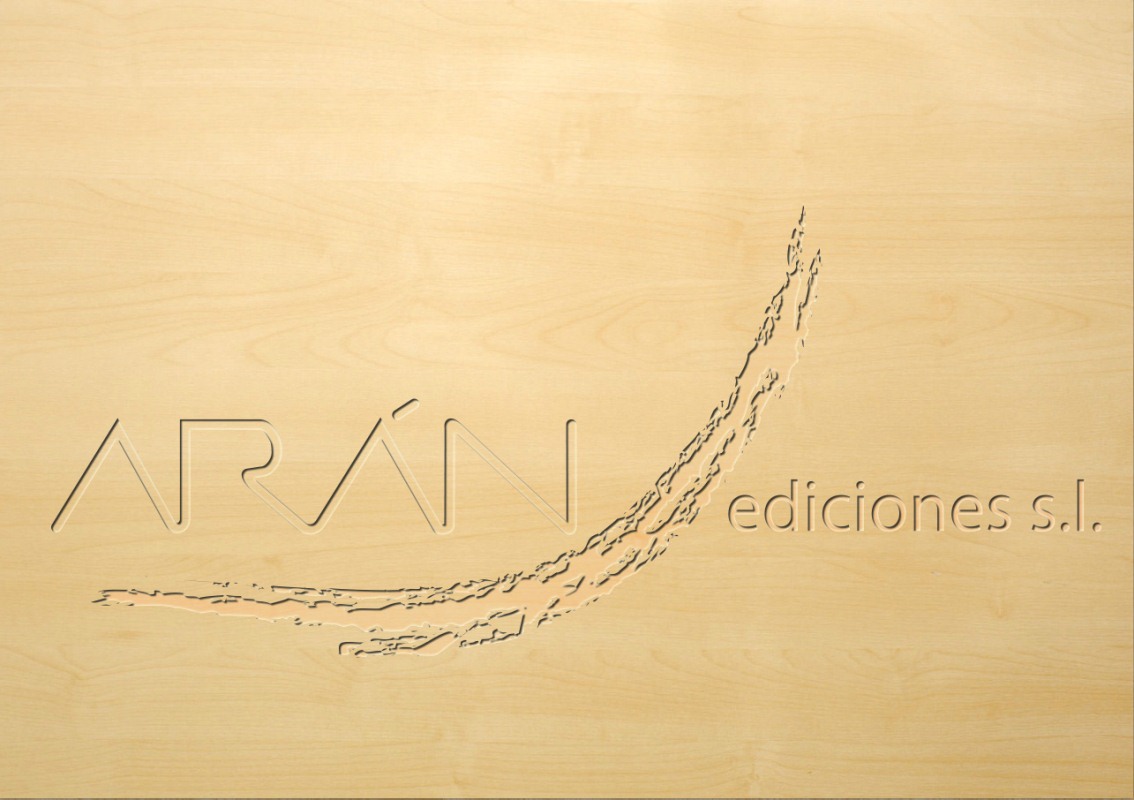

El paciente en la fase final. Medidas adicionales. Comunicación con el paciente. Sedación
>
57
Materstvedt LJ, Bosshard G. Deep and continuous palliative sedation (terminal sedation): clinical-ethical and philo-
sophical aspects. Lancet Oncol. 2009;10:622-7.
McCann RM, Hall WJ, Groth-Juncker A. Confort care for terminally ill patients; the appropriate use of nutrition and
hydration. JAMA. 1994;272:1263-6.
Mercadante S. Intravenous morphine for management of cancer pain. Lancet Oncol. 2010;11:484-9.
Morgans AK, Schapira L. Confronting therapeutic failure: a conversation guide. The Oncologist. 2015;20:946-51.
Peppercorn JM, Smith TJ, Helft PR, et al. American Society of Clinical Oncology statement: toward individualized
care for patients with advanced cancer. J Clin Oncol. 2011;29:755-60.
Rocque GB, Cleary JF. Palliative care reduces morbidity and mortality in cancer. Nat Rev Clin Oncol. 2013;10:80-9.
Smith TJ, Hillner BE. Bending the cost curve in cancer care. N Engl J Med. 2011;364:2060-5.
Storey DJ, Fallon MT, Smyth JF. The interface between medical oncology and supportive and palliative cancer care.
Semin Oncol. 2011;38:337-42.
Sykes N, Thorns A. Sedative use in the last weeks of life and the implications for End-of-life Decision Making. Arch
Intern Med. 2003;163:341-4.
Van Vliet LM, Epstein AS. Current State of the Art and Science of Patient-Clinician Communication in Progressive
Disease: Patients' Need to Know and Need to Feel Known. J Clin Oncol. 2014;32:3474-8.
Weeks JC, Catalano PJ, Cronin A, et al. Patients’ expectations about effects of chemotherapy for advanced cancer. N
Engl J Med 2012;367:1616-25.










